Is the COVID-19 Pandemic Propelling The Rise of Cloud Kitchens in India?
Author Delivery App Development, Food Delivery App Development, Technology, Zomato Clone App, ZomatoLikeApp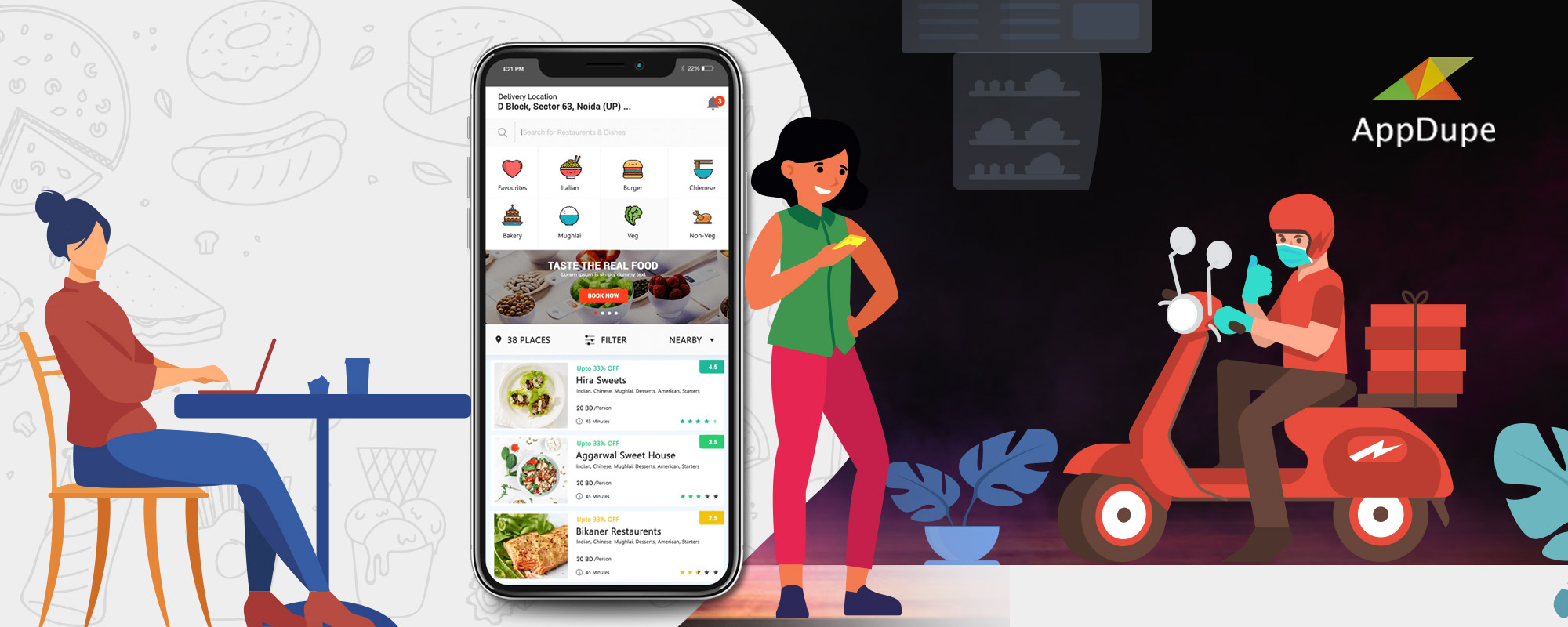
With the onset of the COVID-19 pandemic, dine-ins are out of the picture. The situation demands thinking out of the box. The secret lies in the above words there. When restaurants have the capacity to deliver food in a box to people’s doorsteps, why not leverage the idea to supplement the depleting dine-in sales. Besides, restaurants find it challenging to cope with the changing trends, especially when they are only allowed to provide deliveries and takeaways. Moreover, it is difficult to manage the expenses and day-to-day operations without the necessary demand.
The concept of ghost restaurants is a modern technique that has gained the limelight in the last few years. The lockdown norms in India are propelling the growth of cloud kitchens that offer only takeaways. With the pandemic restrictions set to prolong further, the market for ghost kitchens is thriving more than ever. Entrepreneurs can invest in a Zomato clone that can pave the way for this rising virtual restaurant concept. This blog caters to all the vital information regarding ghost kitchens.
The impact of COVID-19 on the Indian food market
Coronavirus pandemic has a drastic effect on various industries. The restaurant sector isn’t an exception.
According to the National Restaurants Association of India,
- The restaurant segment provides jobs to almost 20 lakh people, with nearly 500,000 restaurants under its belt.
- The overall food services market continues to struggle, with nearly 90% of the restaurants pushed towards closing or operating only through takeaway options.
According to a report by RedSeer,
- Due to the pandemic, only 20-30% of the dine-in restaurants are operating pan-India.
- Quick Service Restaurants (QSR) are recovering better than standard ones at a recovery rate of 10%.
On the whole, the pandemic has pushed restaurant owners to look out for alternatives. When people can’t reach the restaurants, why not deliver food at their doorsteps? This idea has led to the massive rise of food delivery platforms post-lockdown regulations.
The need for an alternative
Most of the restaurants in India generate sales in two ways, 70% through dine-ins and 30% through deliveries and takeaways. The current scenario makes it more difficult for restaurants, as they have to run their entire business with 30% sales through takeaways.
According to Rohan Agarwal, the director of RedSeer, the online food delivery market in India is increasing at a rate of 100-150% in the last four years. The COVID-19 pandemic has accelerated the growth of these delivery services furthermore. Third-party platforms like UberEats, Zomato, etc., are joining hands with restaurants to help them reach out to potential customers.
Even after providing doorstep deliveries, restaurants are still on the verge of giving up, with the demand rate diminishing rapidly.
Cloud kitchens to reduce the burden of operational costs
Setting up a traditional restaurant in India can take anywhere between ₹50 lakh to ₹1 crore. The total cost for running a 50-seater restaurant takes almost ₹1.36 crore monthly. Maintaining the entire network with no dine-in options is a mammoth task, and many restaurants have already fallen prey to COVID-19.
The need for restaurants to operate and carry out business seamlessly has led to the rise of cloud kitchens.
Now, what are Cloud kitchens?
Popularly termed as the ghost kitchens, these restaurants focus only on takeaway options, thereby minimizing operational costs, rent, staff, etc.
It takes only around ₹20-₹25 lakhs to set up a virtual kitchen, and the monthly maintenance cost stands at ₹50 lakh. These figures are very much less and confined when compared to that of dine-in restaurants.
Delivery-only models have grown 10X in the past two years
It is pretty apparent with the numbers that the COVID-19 pandemic has come as a blessing in disguise for the cloud kitchen model.
According to a report by RedSeer, the Indian cloud kitchen market witnessed a 144% CAGR between 2018 and 2019. The market is continuing to grow exponentially with a healthy CAGR of 35% between 2019 and 2024, crossing the Gross Merchandise Volume (GMV) of $2 billion by 2024.
People demand quality food at their doorsteps. Restaurants need satisfied customers but not at the stake of their economy. These cloud kitchen models are an efficient way to manage expenses and reach out to customers instantly.
Hygienic and healthy food is a primary requirement
People prefer doorstep deliveries mainly due to the safety factor. There is a high chance of contracting the virus when exposed to the external environment. However, food deliveries aren’t entirely safe. People expect perfect safety standards from a food delivery platform before ordering food. So, what are the necessary precautionary measures that a Zomato Clone needs to undertake in the system?
Some of the safety standards include,
- Safety gear for delivery workers: The delivery chain of the system comes in direct contact with the customers. Hence, to gain the trust of users, delivery workers need to maintain the perfect safety strategy. Providing them with gloves, masks, sanitizers, etc., can come in handy.
- Safety badges for cloud kitchens: Customers ordering through third-party platforms believe in the brand name rather than the restaurants. Hence, it is the responsibility of a food delivery platform to scrutinize the kitchens for safety standards. Those restaurants that perfectly adhere to the guidelines can have a safety badge near its name in the user app.
- Adapting contactless deliveries: Any contact between users and delivery professionals can pave the way for virus transmissions. To avoid this situation, delivery executives can drop food orders at users’ doorsteps rather than handing them over directly.
The era of home dining awaits a major player
In a country like India, where restaurants are spread across the nook and corner, a revolution is happening. COVID-19 has increased the need for PPEs, deliveries, and an enriched home dining experience.
With the vaccine development still in the nascent stages, people will hesitate to have outside food. Even if they do, they demand transparency in the services. They need to know the hygiene standards of the place where the food is prepared.
Establishing a ghost kitchen can help restaurants focus on having a strong online presence rather than struggling to manage the expenses with dine-ins and takeaways simultaneously.
Having a strong online presence can boost the traffic towards the restaurant. This traffic can generate more leads, enhancing the profits substantially.
The ghost kitchen model comes with numerous advantages
Some of the pros of having a ghost kitchen model include,
- Flexible services: Restaurants needn’t operate within the standard timeframe due to the lowered staff involvement. They can switch between their availability, enhancing their flexibility.
- Reduced expenditure: The rent for the restaurant, the salary for the staff, and many more get eliminated with the virtual kitchen concept. All restaurants need is a cooking workspace.
- The vast and unexplored market: Food delivery platforms are depending on top restaurants for many years now. People expect more from these platforms. A Zomato Clone based on the ghost kitchen model can be the next big thing among the audience.
What lies ahead in the market of Indian food services?
The Indian food services market will experience a paradigm shift in operations. With due credits to the pandemic, delivery services will inevitably occupy the center stage. People will be more convenient to enjoy their favorite food from the comfort of their homes than to reach restaurants and fear virus contractions.
As far as the restaurants are concerned, this is an ideal time for restaurants to switch from the traditional dine-in modes to compact virtual kitchen modes. This way, they can prevent a significant chunk of their profits from spending on the maintenance of the restaurants. Moreover, with the role of Big data and Artificial Intelligence, all food delivery platforms need is data regarding a particular locality. They can easily gain a stronghold of the region by joining hands with virtual kitchens and leveraging the vast available data.
Even app development is a piece of cake
With the advancements in modern technology, entrepreneurs needn’t wait for 3-5 months to develop a food delivery app. Besides, the budget for app development is lessened significantly with the aid of clone app solutions. A Zomato clone app developed according to the latest market trends, and equipped with the perfect safety standards is bound to succeed.
Some of the benefits of availing clone app solutions include,
- Cost-effectiveness: Entrepreneurs can modify the existing clone app rather than developing an app right from scratch. This reduces the overall budget.
- Time-conserving: Entrepreneurs needn’t wait for months until the app is developed. They can launch the app in no time.
- Highly reliable: A seasoned team of experts conducts market research and develops a highly scalable product.
Appdupe is your one-stop destination
Are you wondering where you can find an app development company with the same passion for introducing innovations just like you? Schedule a meeting with the experts at Appdupe, who can help you launch a top-of-the-line food delivery app. Our 100% customizable, cutting-edge Zomato Clone will enable you to gain instant traction in the food delivery services market.
The market for ghost kitchens is sprouting up in various parts across the world. Ensure that you adapt to the latest technological advancements by launching a food delivery app right away!
Be the next big thing in the food services market. Launch your Zomato Clone today.

Marketing is my soul mate and writing is my side kick. Using my writing skills to share the knowledge of app development and upcoming technologies.
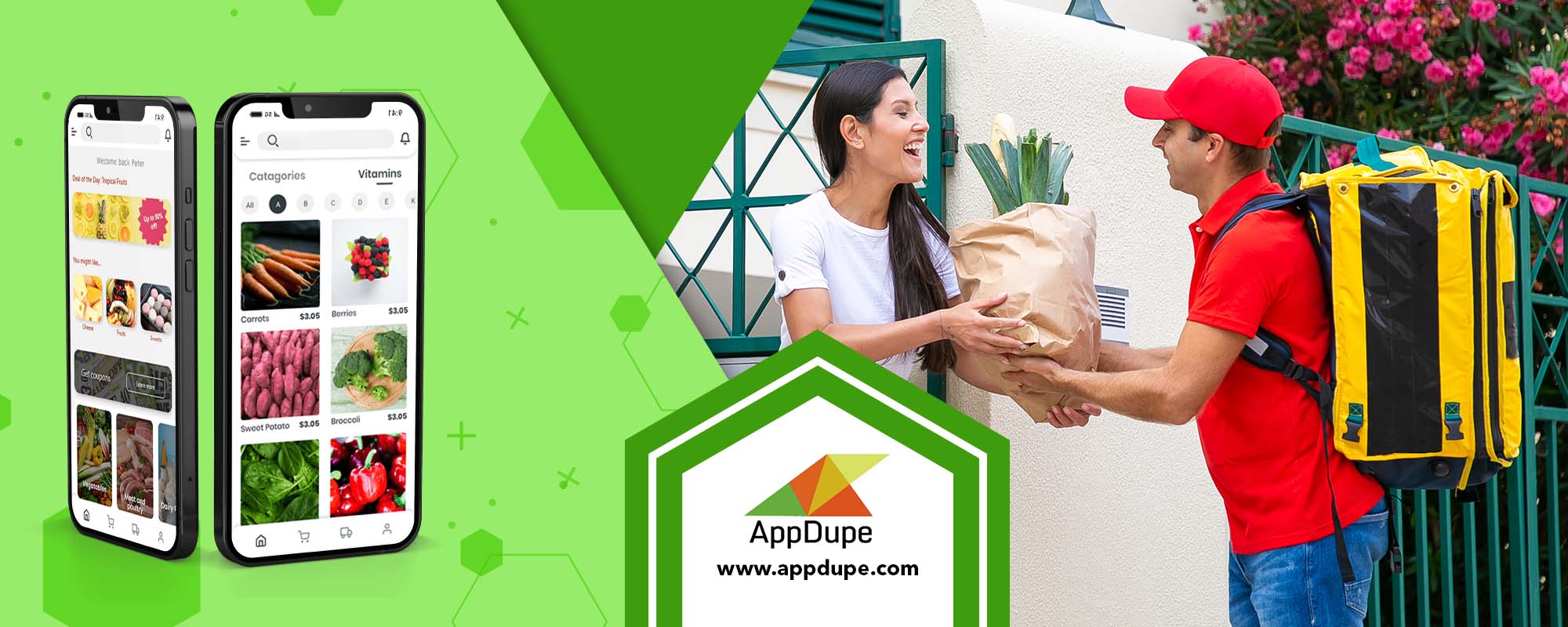
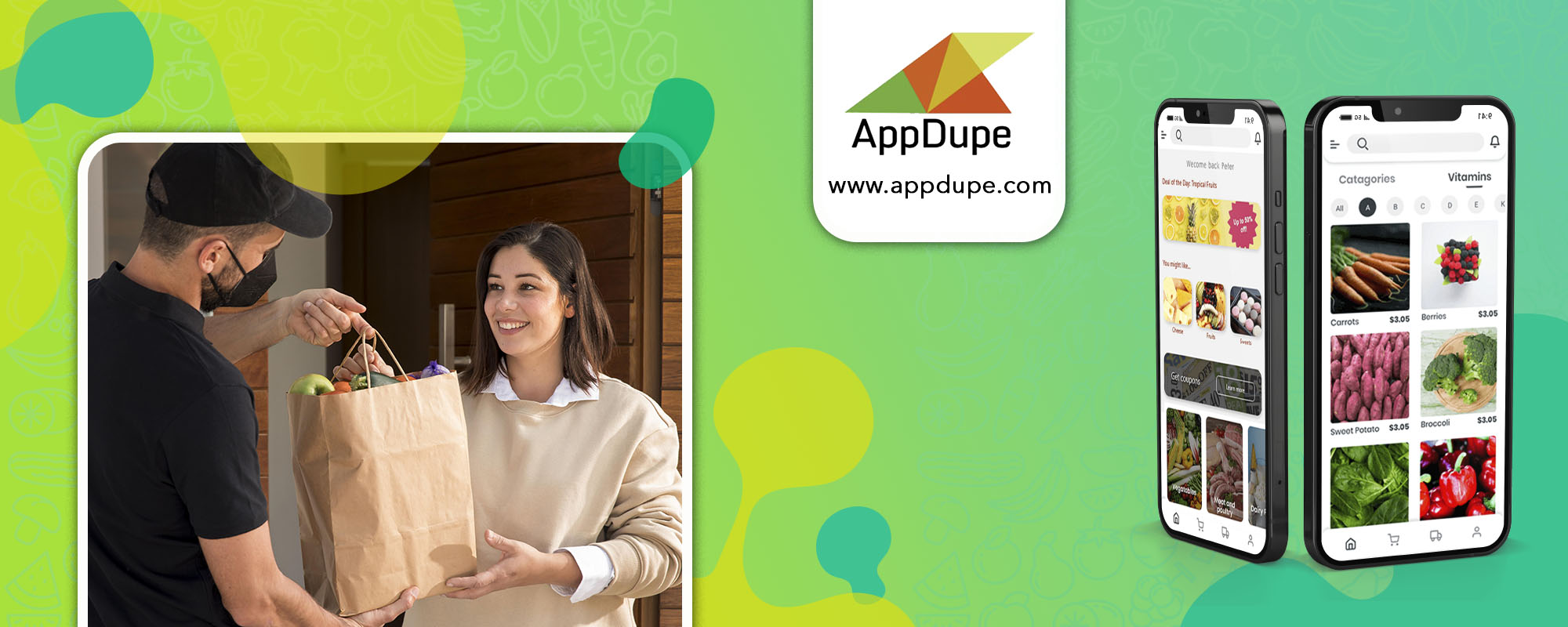
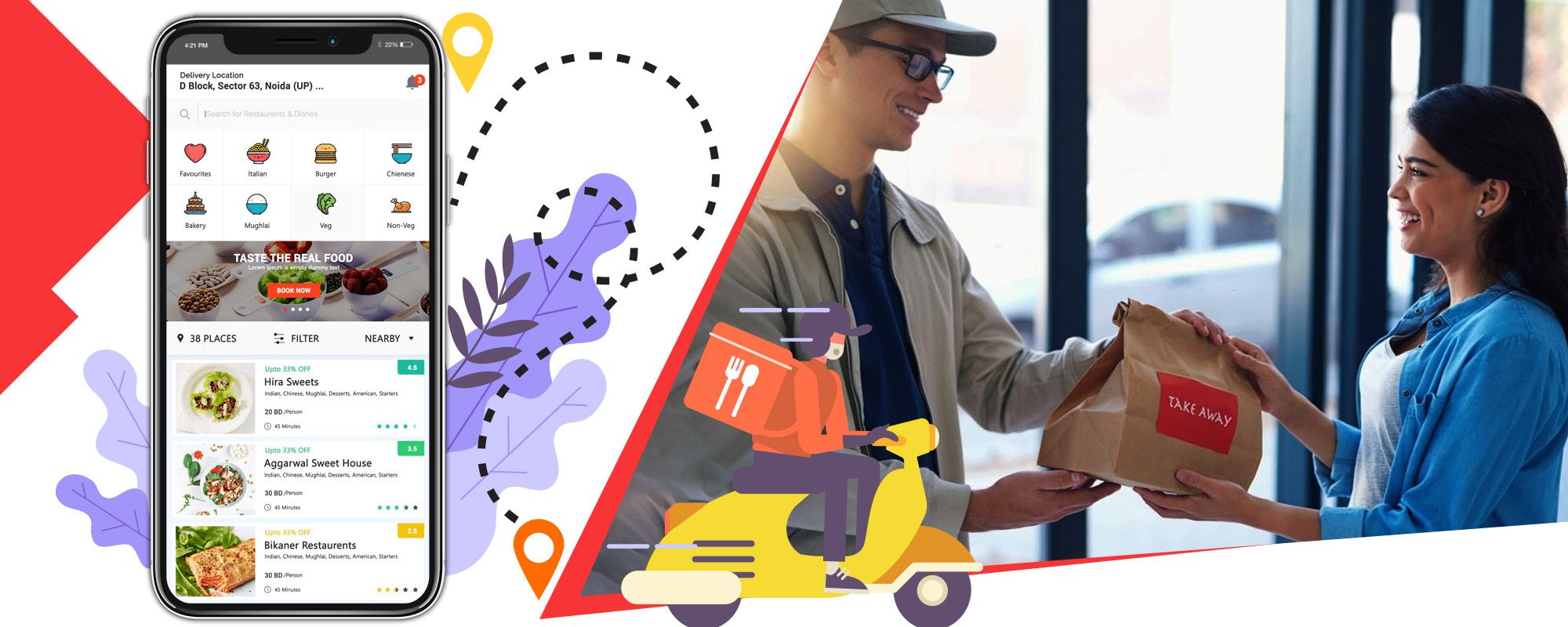





11 Comments